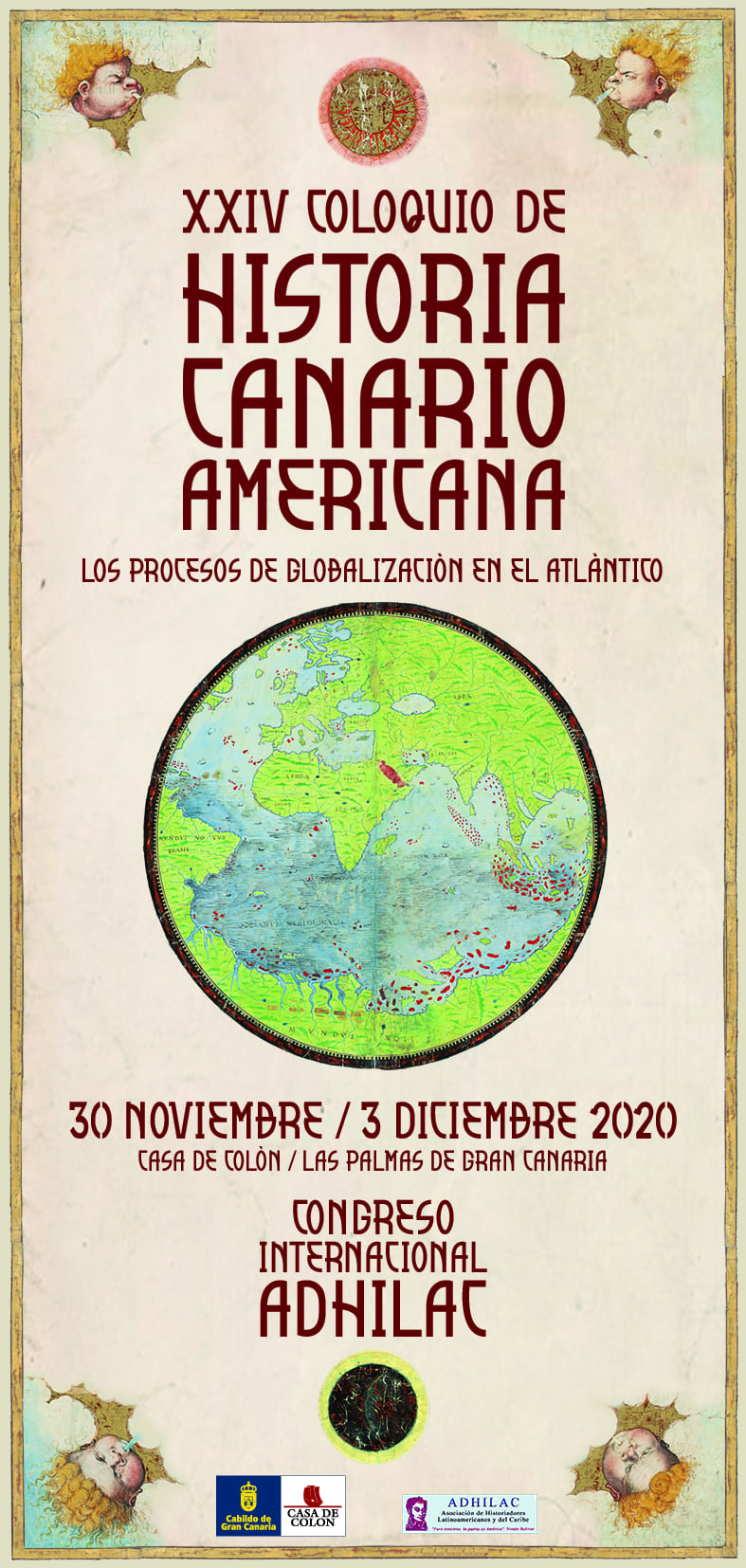¿Trauma o rasgo epigenético? La diferencia entre la fractura de la apófisis posterior del astrágalo y el Os Trigonum de la población aborigen de Maspalomas
Trauma or epigenetic trait? The difference between the posterior process fracture of the talus and os trigonum of the aboriginal Maspalomas population
Resumen
Os trigonum se encuentra frecuentemente en la muestra de restos humanos aborígenes de Maspalomas de Gran Canaria. También existen varios casos de la fractura de apófisis posterior del astrágalo en esta muestra. Existen numerosos artículos científicos que indican la diferencia entre éstos dos condiciones anatómicas pero hay una falta en la literatura de imágenes del hueso seco que muestran claramente las diferencias. En este estudio preliminar se utilizó 123 astrágalos y se observó 23,2% casos de os trigonum, junto con 4,8% casos de la fractura. La alta frecuencia del os trigonum podría estar indicando una actividad específica que ejercieron los aborígenes de Maspalomas en una edad temprana. La presencia de la fractura de la apófisis posterior indica que la actividad específica se continuó hasta edad adulta. Las imágenes mostradas en este estudio podrán ayudar en la diferenciación de las dos condiciones anatómicas en futuras investigaciones.
Os trigonum is found frequently in the population of the Maspalomas aboriginal human remains of Gran Canaria. There are also various cases of the posterior process fracture of the talus in this sample population. There are numerous scientific articles that indicate the difference between these two anatomical conditions but there is an absence of photos in the literature that clearly show the differences between them. In this preliminary study, 123 tali were analyzed and 23.2% of cases of os trigonum were found among them, as well as 4.8% of cases showing the fracture. The high frequency of the trait could be revealing specific ankle activity during late childhood and the existence of several cases of fractures could be affirming that this specific ankle activity continued into adulthood. The images found in this study could aid in the identification and differentiation of these anatomical conditions in future research.




